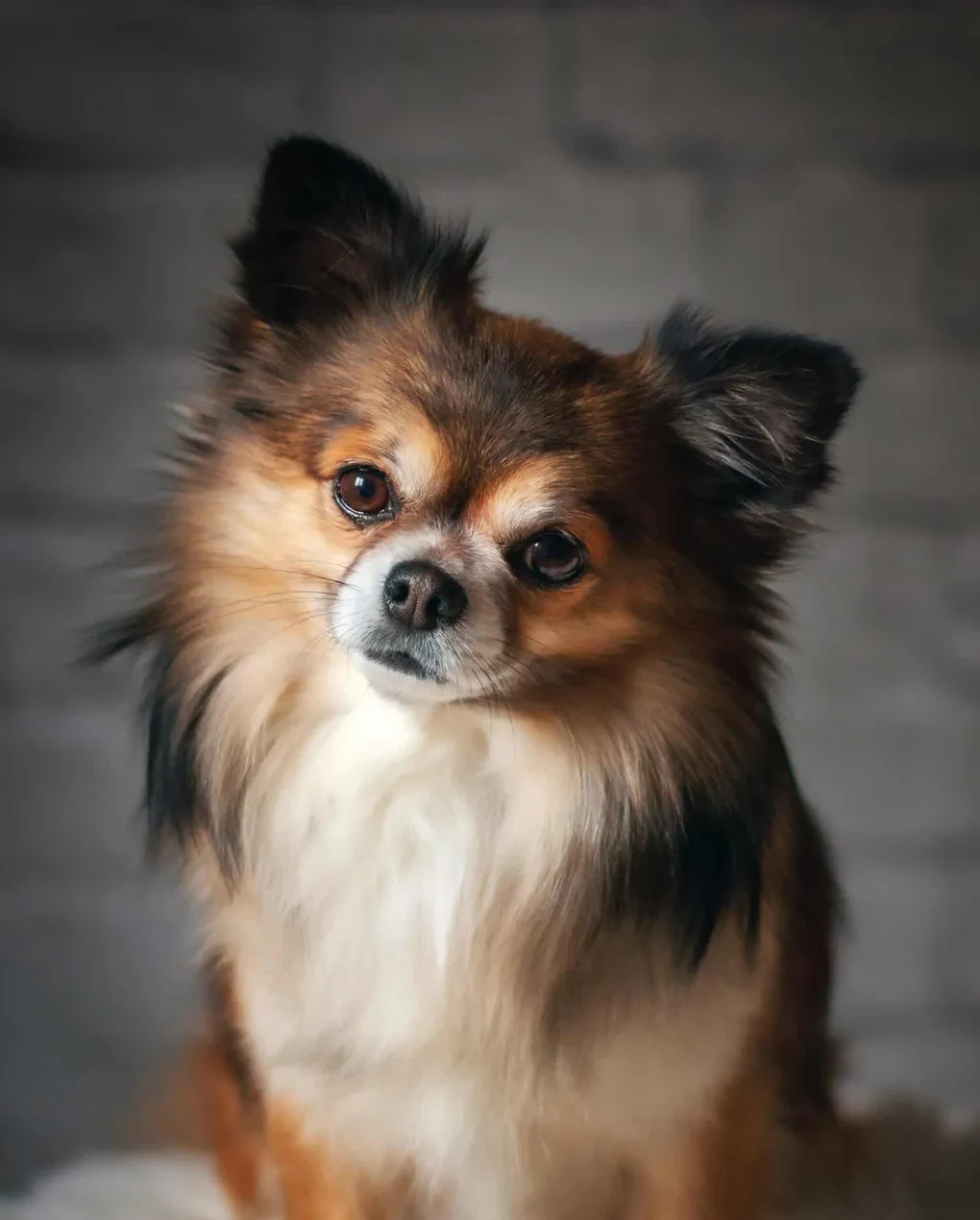
Dogs are lovable pets that not only bring us joy with their affectionate characters but also give us love and loyalty. Their established bond with humans has been cultivated over thousands of years. Despite the bond, there are times when pet owners still find it hard to understand what their dogs need.
As a dog owner, you may have experienced being stared at by your dog for some time. As you notice those unwavering eyes on you, you ask yourself, “Why does my dog stare at me? Does he need anything?”
You may find the situation where your dog stares at you for so long to be odd or unsettling. However, it is most often a form of communication between you and your dog. Hence, understanding why dogs stare at us can deepen our connection with them.
In this blog post, let’s decode the secret behind our dog’s stare. Discover the underlying motivation behind their unwavering gaze. By seeking answers to the question, “Why does my dog stare at me?” we will understand what our dog needs.

Is it Normal for My Dog to Stare at Me?
Many pet parents have experienced the curious behavior of their dogs staring intently at them. While it can be a heartwarming gesture, it can also be puzzling. Is it normal for my dog to stare at me?
The short answer is yes. It is normal behavior for dogs to stare at their owners as a form of communication.
Dogs rely heavily on visual and physical cues to communicate with their owners and other pets. Eye contact is one of dogs’ most effective body language for communication. It has been established that eye contact behavior is one of the fundamental elements that make up canine vocabulary.
However, paying attention to the other clues and body language is essential to understand what your pup is trying to communicate accurately. Whether it’s a sign of affection or a request for attention, the emotional bond between a dog and its pet parent is unique and special.
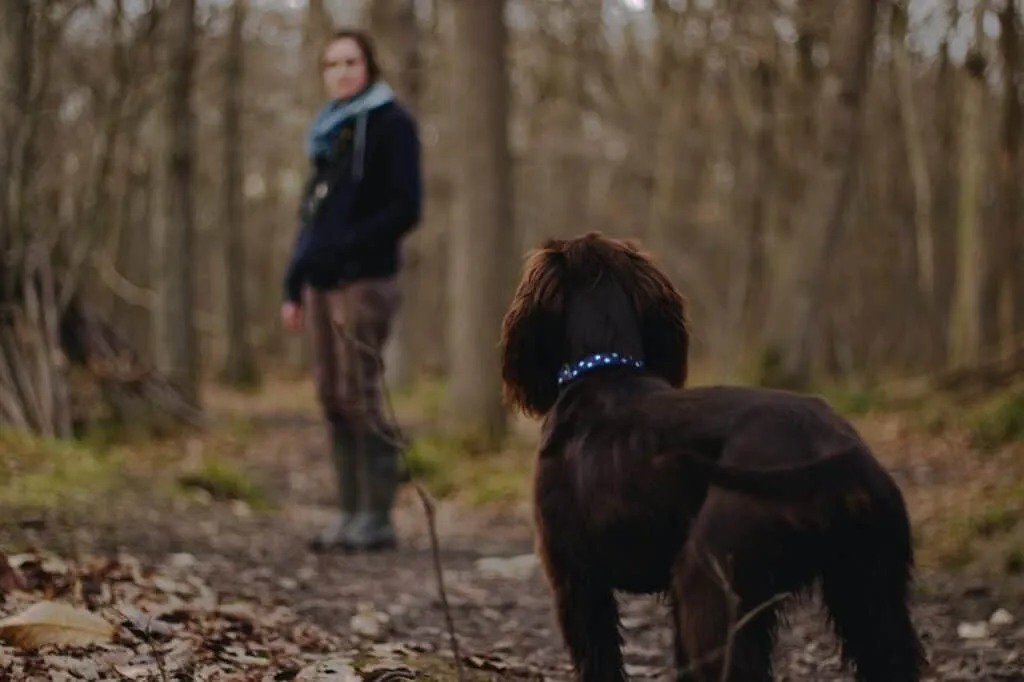
Why Does My Dog Stare At Me So Long?
There are a few reasons why your dog may be staring at you.
A dog’s stare is an aspect of its body language signals, which can include the position of its ears, tail, and body.
Dogs are experts at using their body language to communicate their needs. And one of the most effective ways they do this is through eye contact. Depending on what your dog wants to convey, there are different stares that a dog can portray.
Here are the common reasons behind your dog’s intent gaze and what emotions they want to convey through their eyes.
Longing Gaze: Your Pups Want Something
As a pet parent, you’ve undoubtedly had the experience of your furry friend giving you those big, begging eyes that seem to say, “Please give me what I want!”
If your dog is staring at you with what looks like longing or craving, there’s a good chance that they indeed want something. It could be a treat, a favorite toy, or simply your attention and affection. The key to understanding your dog’s needs or wants is to look for clues.
For example, if your dog is looking at you intently while standing by their food bowl, it is a sign that they are hungry. Or, if they are staring at you by the door, they may be indicating that they want to go for a walk.
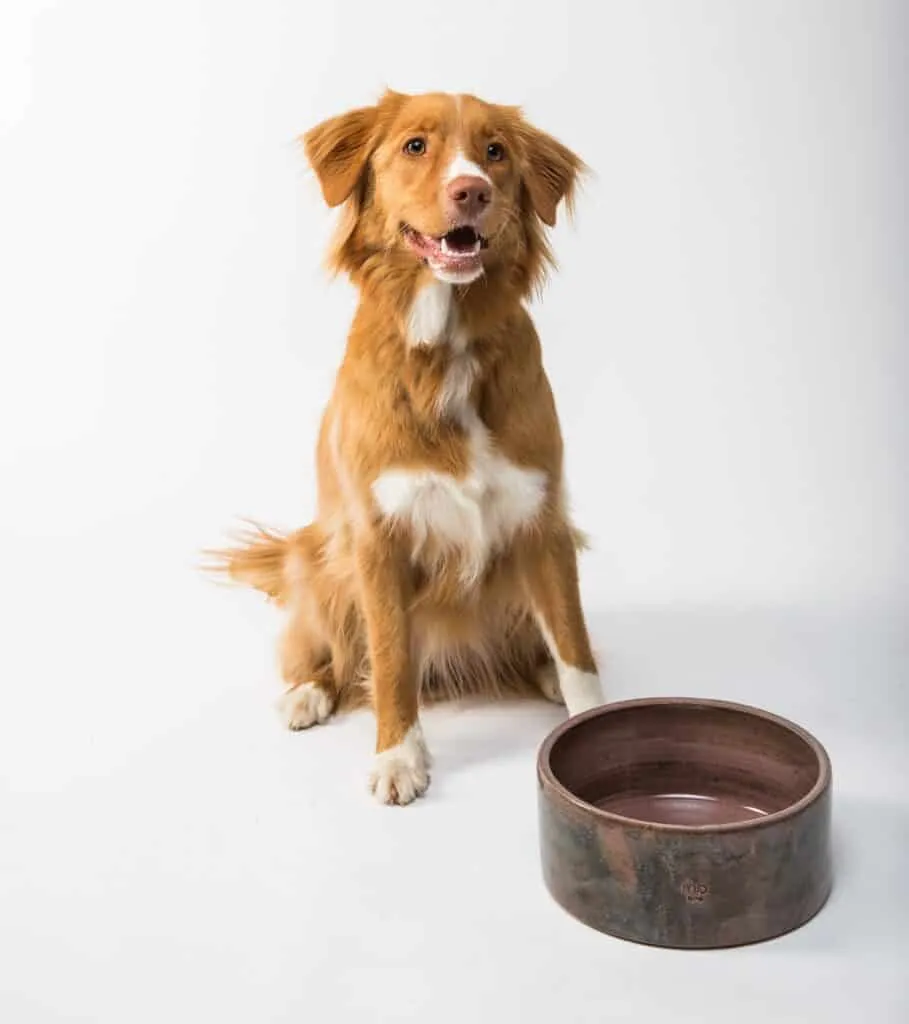
Staring with Tilted Head: Your Dog is Confused
You may have noticed your dog staring at you with an inclined or tilted head. While it may look like he is amazed by your looks, it indicates confusion.
With an inclined head, dogs look at dog owners to figure out how they feel or what they are trying to say. They try to process the sounds they hear and the body language their owners convey.
When this happens, try to speak slowly, and don’t forget to use hand signals. It will help your dog understand what you may be trying to say.
When your dog is trying to figure out how you are feeling, you can give them a reassuring pat or hug to let them know that everything is alright. That would clear any confusion for your dog.
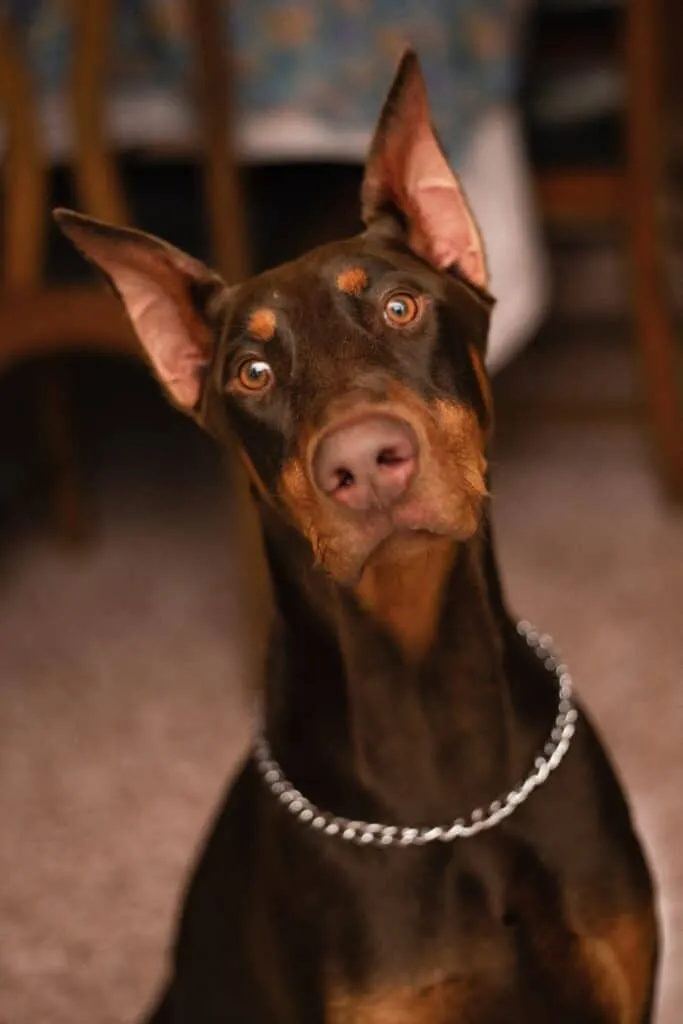
Soft Eyes: Your Dog Loves You
Every now and then, your dog would look at you with soft eyes that seemed to get to your soul. And most often, one would wonder if their dog needs anything.
When your dog looks at you with soft eyes, there is actually no need to be concerned. It may only mean that he is telling you that he adores and loves you.
Soft eyes are characterized by a gentle, relaxed expression indicating your dog feels comfortable. It’s a sign that they trust you and feel secure in your presence.
In some instances, though, a dog may look at you with slightly squinted, soft eyes. In these cases, your dog is communicating that they need comfort or reassurance.
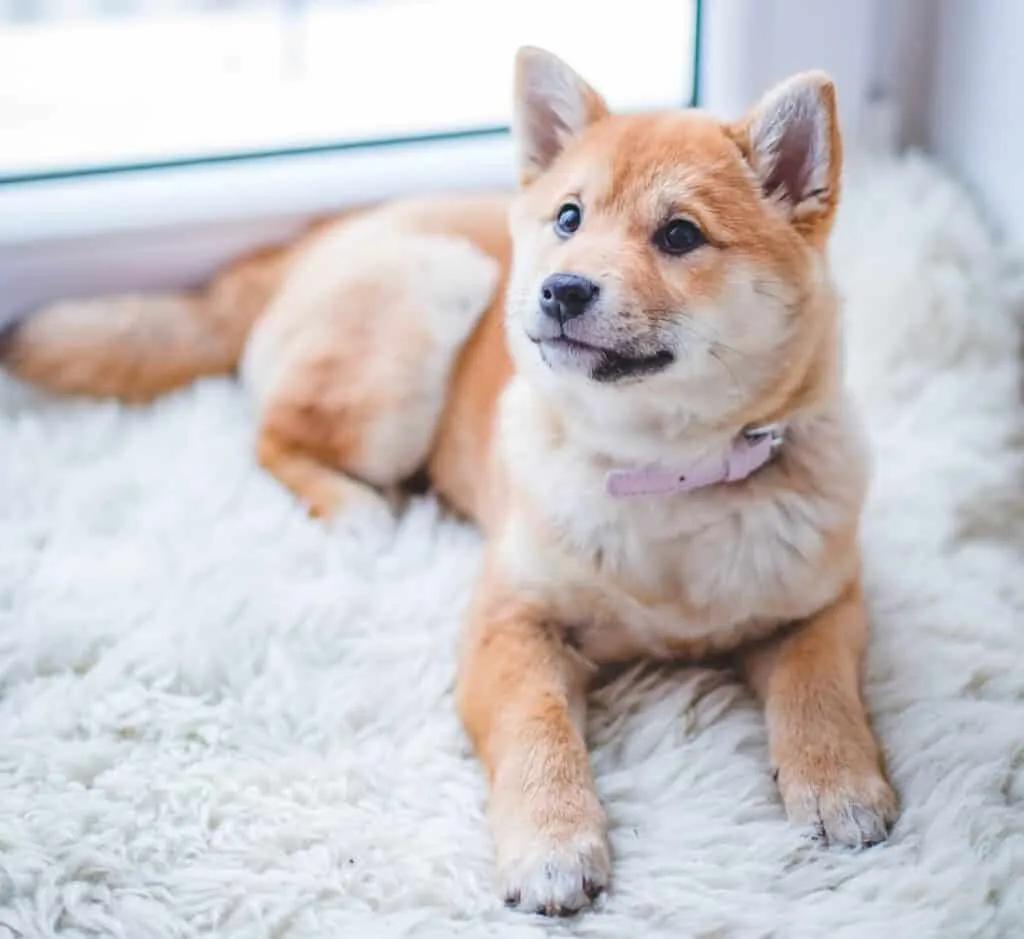
Direct Stare with Hard Eyes: Your Dog Is Tense
One behavior that dogs exhibit when they feel uncomfortable or stressed is a direct stare with hard eyes. The dog looks directly into your eyes with an unyielding gaze. A dog might stare with unblinking eyes at other dogs and humans when they feel threatened.
A direct and hard stare can be a sign of aggression or fear, and it’s essential to understand its meaning to assess the situation accurately.
It could also be a warning that your dog is feeling threatened. It could indicate that they perceive you as a threat, are feeling protective of something, or are simply anxious.
In some instances, a direct stare with hard eyes can also occur during playtime or when your dog is highly excited. In these situations, it is essential to look for other signs to determine if their behavior is playful or if they are feeling tense and uncomfortable.
Pay close attention to whether your dog’s body is stiff, its tail is raised, or when it emits a low growl. If your dog is showing signs of being tense or any of these clues are present, your dog may be turning aggressive. Human intervention is then necessary to curb any negative outcomes.
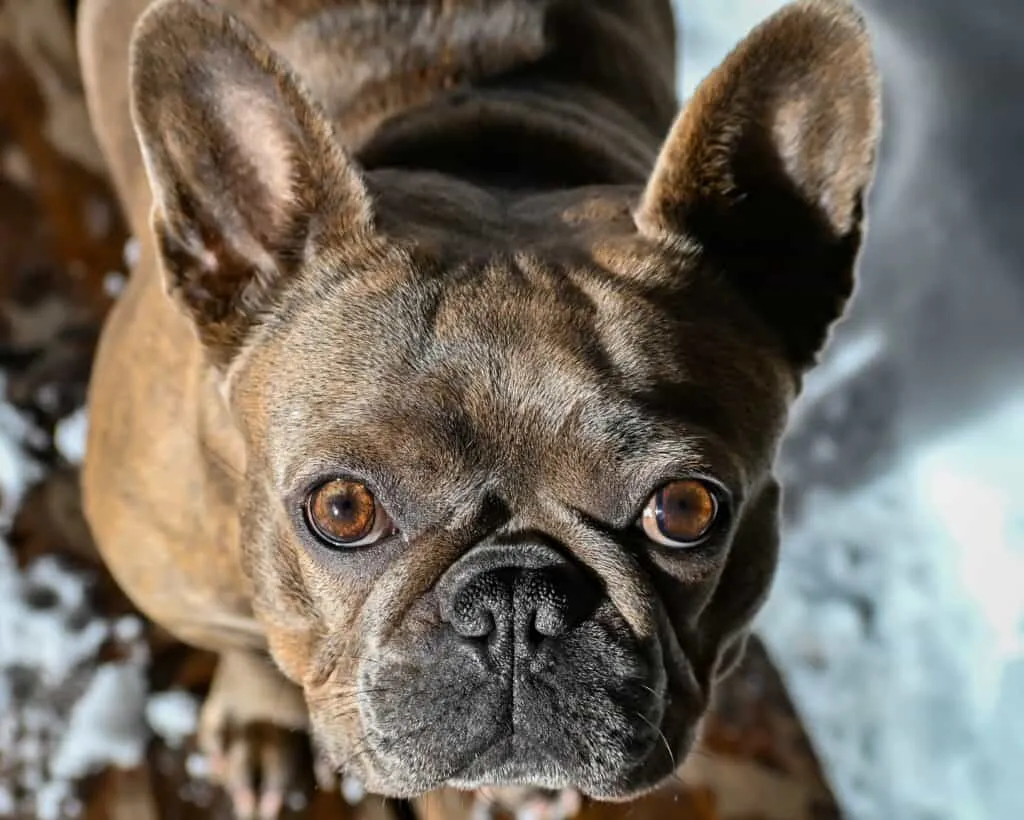
Blank Stares: Your Dog May Be Sick
When your dog stares at you with blank stares, it might just be contemplating or daydreaming. However, when this happens too often, it could be a sign that your dog is sick. In rare cases, a dog’s blank stares are associated with cognitive dysfunction.
Canine Cognitive Dysfunction (CCD) or canine dementia is a condition that affects older dogs and is similar to Alzheimer’s Disease in humans. It is a generative disease affecting a dog’s brain as it ages.
One common symptom of CCD is a blank stare and loss of attention. Other symptoms include confusion, restlessness, decreased physical activity, lack of appetite, unresponsiveness to basic commands, and wandering aimlessly.
If your dog’s blank stare is accompanied by any of these signs, it is best to consult a veterinarian for proper diagnosis and medical treatment, if necessary.
When to Be Concerned About Dogs Staring
As a dog owner, it is common to catch your furry friend staring at you occasionally. However, certain behaviors can indicate that your dog’s stare may be cause for concern.
As mentioned above, in the rare cases that your dog stares blankly and you suspect that he may be suffering from CCD, it is important to seek the advice of a veterinarian.
Another situation where you should pay attention to your dog’s stare is when a stiff posture accompanies it. A dog that stares while holding its body tense and rigid is a sign that it is going to get aggressive. This type of stare is often accompanied by other warning signals such as a stiff, standing tail or dilated pupils.
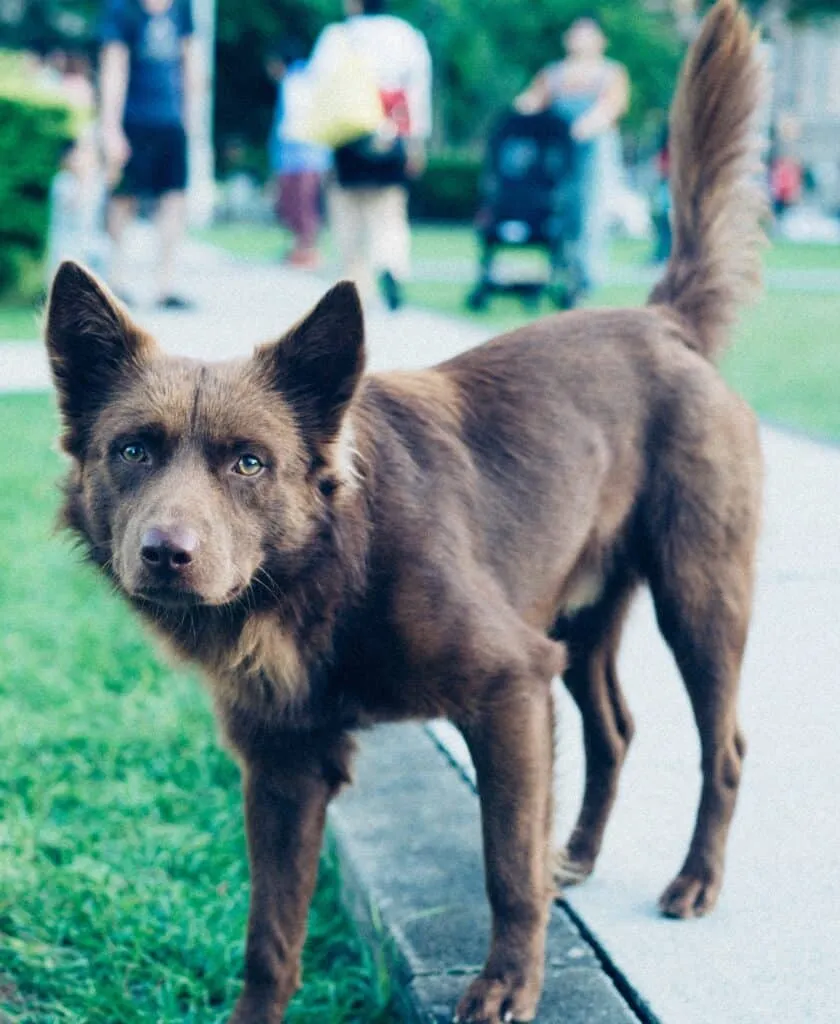
Another context in which a dog’s stare may be concerning is when it is directed toward valuable resources such as food or toys. Your dog may be exhibiting aggressive behavior and can become territorial and protective of these resources.
It is important to look out for your dog’s body language and behavior in these situations and to work on modifying any unwanted or aggressive behaviors. This can be done by consulting with a behavior expert or a veterinary behaviorist who can provide guidance on behavior modification techniques.
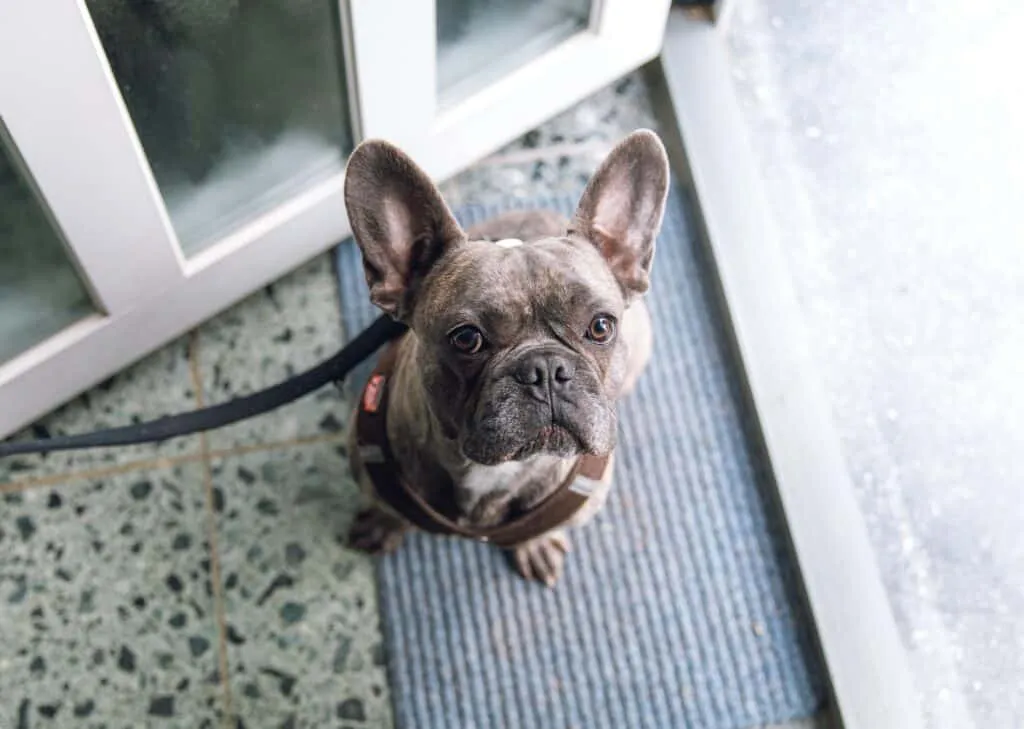
How to Stop Excessive Staring
While a dog’s stare can be endearing and a form of bonding, it can be considered unhealthy when excessive. If you find your dog staring excessively at you or others and want to stop it, it is important to address it positively.
Excessive staring may indicate various underlying reasons, such as anxiety, boredom, or a need for attention. It’s essential to approach this issue with understanding, aiming to provide what your dog needs to stop the behavior.
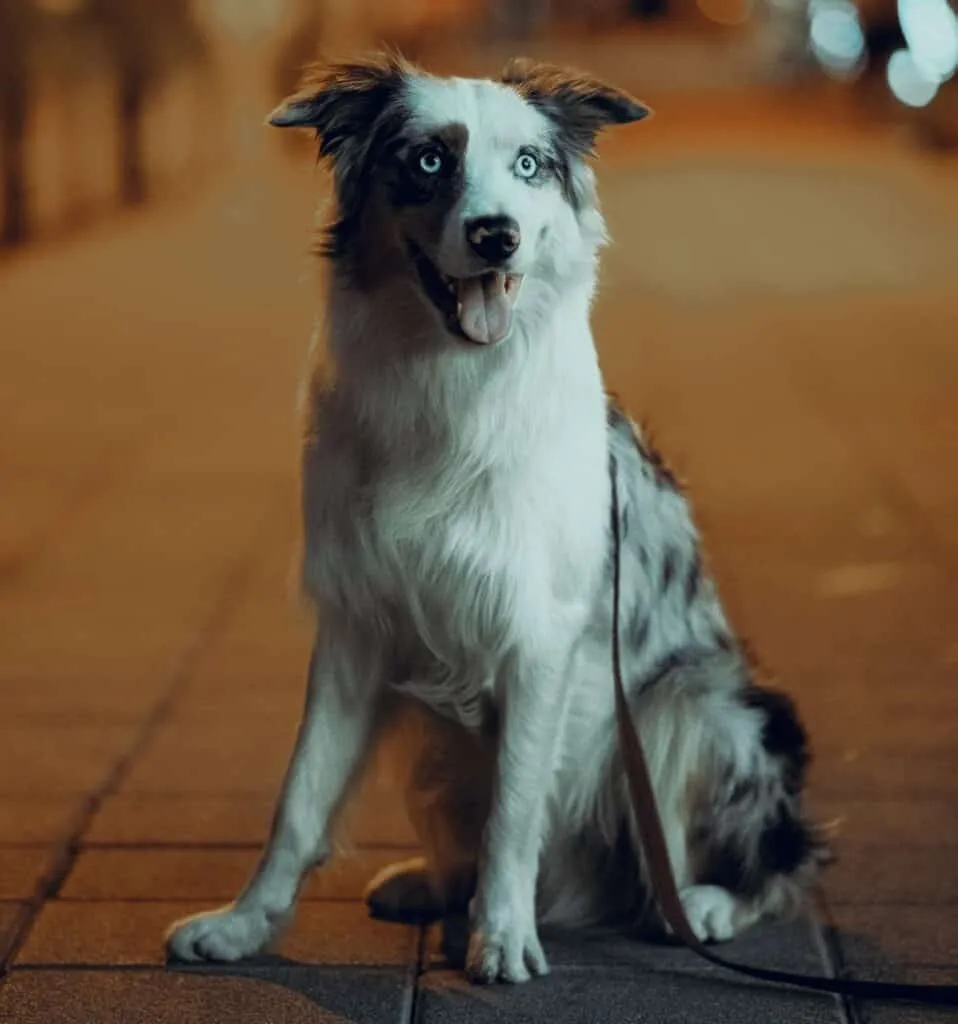
Assess Your Dog’s Needs
Dogs often stare when they need or want something. Dogs would stare at you to tell you that they have unmet physical or mental needs, be it dog food, some treats, play time, or attention. Ensure that your dog’s basic requirements, such as enough exercise, playtime, and mental stimulation, are met. A tired and content dog is less likely to resort to excessive staring.
Teach Alternative Behaviors
Engage your dog in learning new behaviors that would get their minds off staring. Divert your dog’s attention by training them to do some tasks and follow basic dog commands. Once they learn some alternative behaviors, every time they stare, just tell them some commands that would stop them from staring.
Provide Positive Reinforcements
Reward your dog every time he exhibits good and appropriate behaviors. Positive reinforcements like treats, praise, or your dog’s favorite toy would foster and encourage your dog to stop staring and engage in alternative behaviors instead. This helps reinforce the idea that diverting attention away from staring is a desirable action.
Last Words
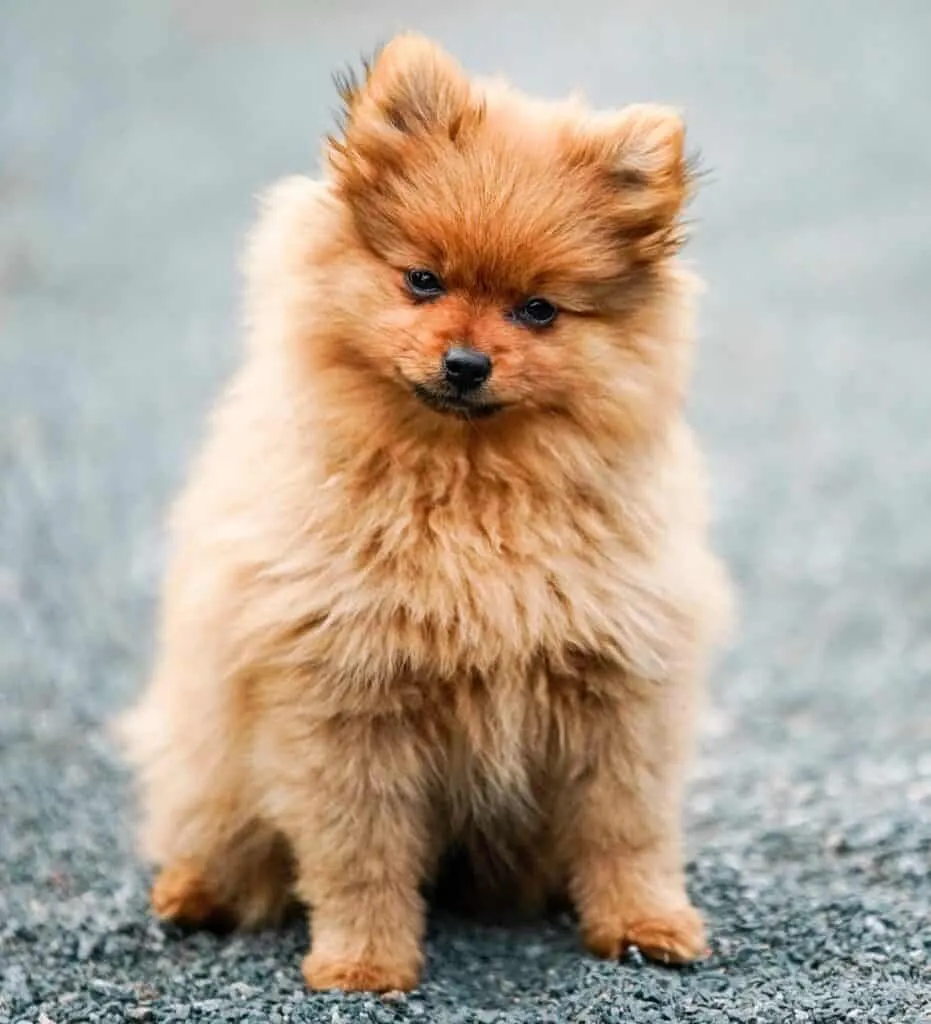
When your dogs stare at you lovingly, enjoy the moment as it is their way of showing affection. However, when you are concerned about excessive staring or when your dog’s stares are accompanied by other signs, it may be time to address this behavior by seeing a vet or a pet behavior specialist.
Patience and consistency are crucial when addressing your dog’s excessive staring. Avoid punishment or harsh corrective measures, as they may lose trust in you and develop negative behaviors. Rather, focus on positive reinforcement, understanding their needs, and providing appropriate outlets for their energy and attention.
By implementing these strategies, you can help your dog develop healthier communication habits and create a more harmonious and enjoyable relationship.